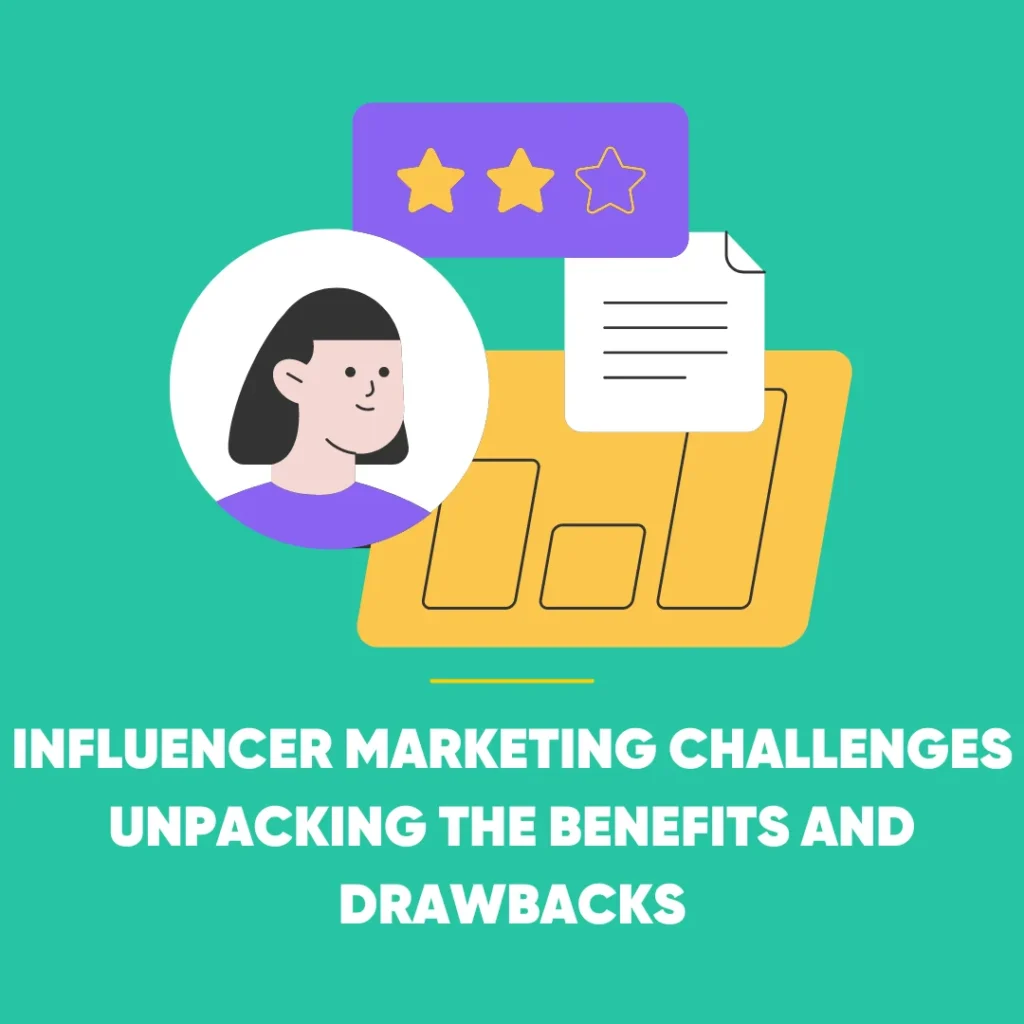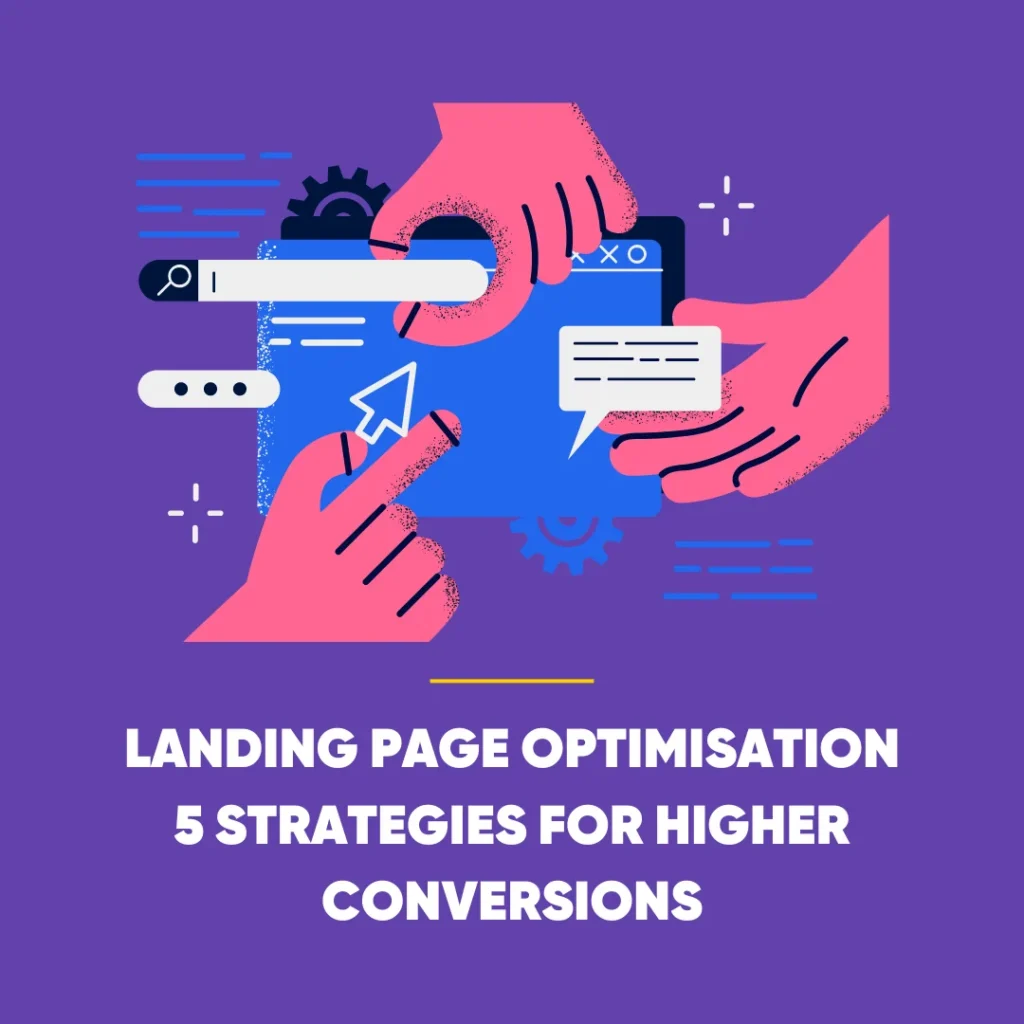Increasing brand awareness, perception, web traffic and sales. Pretty essential stuff. But which digital marketing route will you be taking to make it happen: organic or paid? Well, before we come to any decisions, let’s take a closer look at what our two options even mean.
Organic Advertising Digital Marketing
Essentially, anything that isn’t paid for can be considered organic. If you have a strong grasp of the needs and concerns of your buyer personas, it’s time to get creative and utilise social media to raise your brand awareness amongst your likely target audience.
All clicks generated from the likes of Google without paying for them can be considered organic search traffic. Likely? Well, making sure your site works well on all devices, has all the relevant content and lots of quality inbound links from other trusted websites will go a very long way to ensuring this is the case.
Paid Advertising
As the name suggests, this is when your content appears as a result of paying a publisher such as Facebook, Google etc. Having specified your desired associated search terms and pay-per-click amount, your posts are ready to go, soon to be sitting alongside and looking deliberately like organic results.
Certain ads appear on your social media channels due to the advertiser considering you their target audience, whether that be due to your age, occupation etc.
Organic Pros and Cons
Let’s now take a closer look at our two available routes, by weighing up the pros and cons of each in order to help us make a decision.
Sometimes being as simple as setting up and using a Twitter account, organic marketing is available to all companies no matter their size. However, though you’d think most of the world’s marketing budgets could afford this, what is far more costly is the time required to make it worthwhile. Time on social media, writing blogs, SEO and email marketing unfortunately do all add up. And that’s not even taking into account time spent analysing data from Google analytics, Google search console, your social media scheduling tool, email marketing platform… do we need to go on?
Paid Pros and Cons
With paid advertising comes great control. Whether it be the actual message published, the people who see it, or the time at which they do, paid advertising is far more targeted than its seemingly inferior alternative. Another tick in the pro box for paid advertising concerns its instant results. Once the payment has gone through, paid results sit at the top of users’ search feed.
As you have no doubt guessed though, this doesn’t come cheap and marketing budgets of smaller businesses of course create natural barriers. Perhaps even worse are those companies with the necessary marketing financial stretch, but without the required knowledge of the likes of Google Adwords or Facebook Ads to utilise them properly.
So, if you’ve got a bit of cash to spare, how about a combination of the two? Start organic and then start running the two side-by-side?
Let’s now take a look at when might be considered a good time to use each.
When is Good Organic Timing?
It’s never a bad time to go organic! Of course, for businesses in the real starter stages, waiting up to a year for real leads to open up from social media or organic rankings is pretty unappealing to say the least. However, enough time and persistency can certainly help to snowball things down the line.
When is a Good Time to Pay?
If you have products you want to get rid of quickly, such as during sales periods, then the likes of Google Ads could be a great option. Similarly, new product and brand launches can benefit hugely through paid advertising. Social media ads bring with them brand exposure, which can run concurrently with the Google ads homing in on the people searching the problems you can solve.
Just one thing first though. Although it sounds almost too obvious to say, do make sure your website is live and functioning as it should. You may be surprised at how many companies dip into their marketing budget to sit proudly atop Google’s search lists, with users just a click away from a website that doesn’t convert. As such, test first. And then test again!
Decision Time
Well, when it comes down to it, neither is essentially better or worse than the other. In fact, an effective marketing strategy is created when the two work in tandem. Dipping into the marketing budget can certainly boost your traffic and brand awareness in quick-fire time, but there’s no reason why you can’t then run a more cost-effective organic search marketing campaign in the background.
Ultimately, it’s your business and it’s up to you to weigh up what suits your specific situation best, so as always from the Byter Team, good luck!









